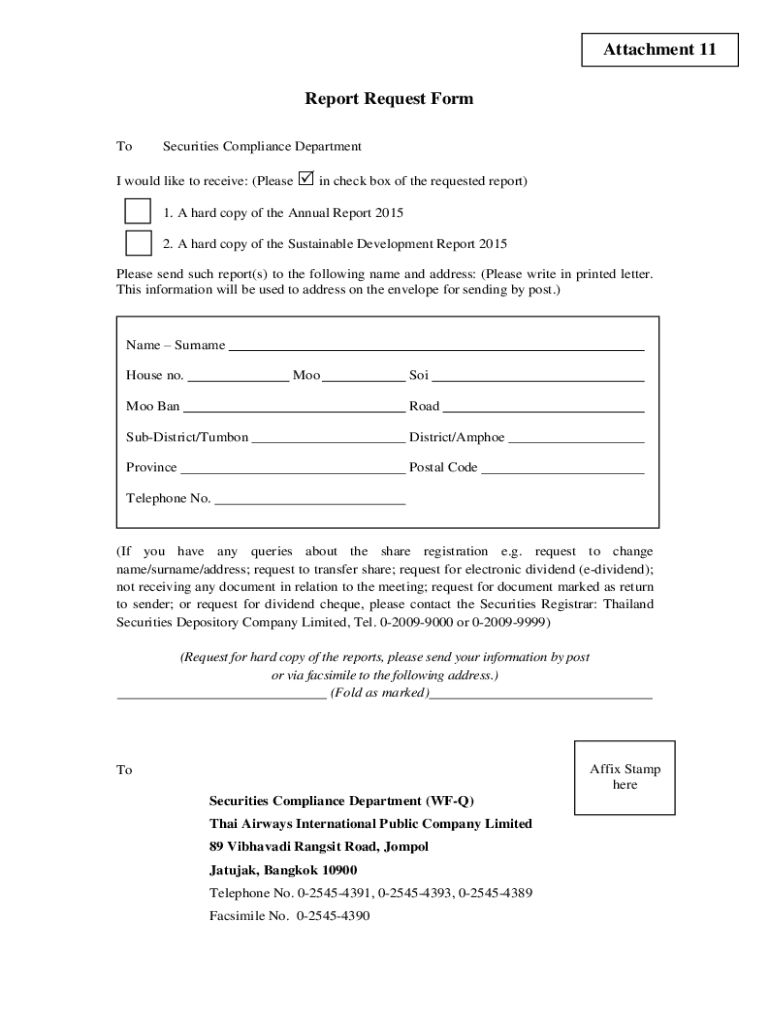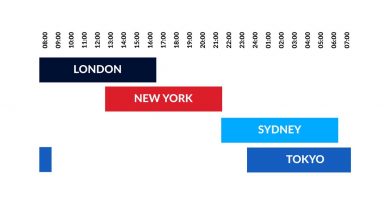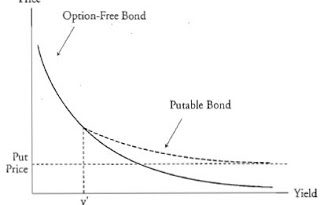Trade Reporting and Compliance Engine TRACE Meaning Overview

Contents
Trade Reporting and Compliance Engine (TRACE): Meaning, Overview
What Is Trade Reporting and Compliance Engine (TRACE)?
Trade Reporting and Compliance Engine (TRACE) is a program developed by the National Association of Securities Dealers (NASD), now known as FINRA. TRACE allows for the reporting of over-the-counter (OTC) transactions for eligible fixed-income securities. Brokers who are FINRA members and deal with specific fixed-income securities must report their transactions per SEC rules.
Key Takeaways
- TRACE is a facility for reporting OTC bond market trades and data.
- Operated by FINRA (formerly NASD), TRACE launched in 2002 and replaced the previous FIPS reporting system.
- TRACE provides information to create a more transparent and fair marketplace, as OTC markets are often less liquid, less regulated, and more opaque than listed exchanges.
Understanding Trade Reporting and Compliance Engine (TRACE)
TRACE aims to establish a level playing field for all market participants, providing real-time access to comprehensive bond price information. The program distributes timely trading data to ensure equal access to reliable bond information on corporate, agency, and structured products.
From 1998-2001, the SEC approved rules adopted by NASD concerning transactions in all U.S. corporate bonds and secondary OTC fixed-income transactions. These rules increased price transparency in bond markets. In 2002, TRACE was implemented to comply with the newly approved rules, replacing the previous Fixed Income Pricing System (FIPS) since 1994.
TRACE is currently operated by the Financial Industry Regulation Authority (FINRA) and offers access to information on nearly all OTC public and private fixed income trading activity. The program consolidates transaction data for public and private corporate bonds, agency debt, and securitized products, including asset-backed securities and mortgage-backed securities.
What TRACE Provides to the Market and Regulators
TRACE enhances market integrity and provides investors with real-time data to understand and assess their broker-dealers’ performance. Additionally, TRACE helps regulators monitor the market, pricing, and execution quality.
TRACE offers different tiers of service, both paid and nonpaid. Personal, noncommercial access is free for real-time data displays of transaction information. Individual professional users or enterprises must pay for access to displays of TRACE data. TRACE data is also available through major market data vendors and some financial websites.
Other TRACE Data
TRACE provides other data services and feeds, including end-of-day transaction and activity reports, market activity and performance indicators, and enhanced historical data.
For example, TRACE’s enhanced historical data includes transaction-level information such as price, date, time of execution, transaction size, and yield. It also includes buy/sell indicators and counterparty information. These details were previously unavailable to the public.



